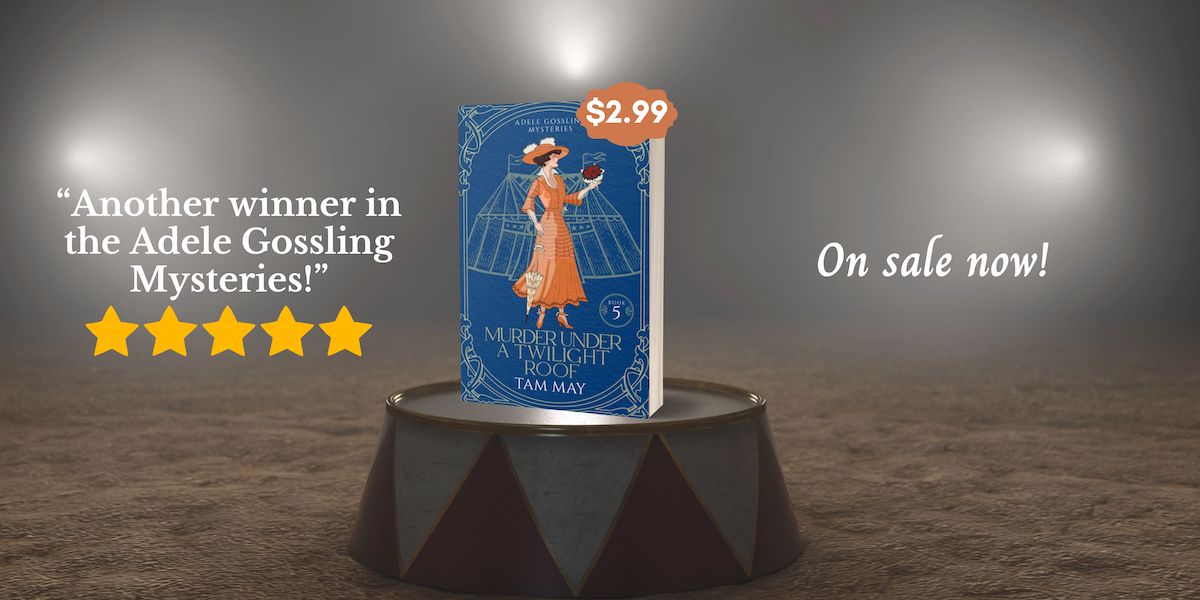
Photo Credit: Diana and Actaeon, Titian, 1556-1569, oil on canvas, National Galleries of Scotland: DcoetzeeBot/Wikimedia Commons/PD Art (PD old 100)
If you’re a member of my reader’s group, or you’ve been tuning into my live Facebook posts every week in both that group and on my author page, you know I’ve been promising for weeks to post a readers group exclusive excerpt from my upcoming book, Tales of Actaeon, which is the second book of the Waxwood Series. After much contemplation and rewriting and revising, I’ve chosen the excerpt and wanted to talk a little bit about it.
Last week, I wrote about secret societies in the 19th century. I mentioned how they played a big role in the Gilded Age and into the turn of the 20th century, giving men in particular a psychological space to practice the sort of masculine virtues that many felt were becoming skewed in the rapid progress and commercialized era of the late 19th century.
Tales of Actaeon is about a member of the Alderdice family that doesn’t get much attention in Book 1 of the series, The Specter. He is Jake Alderdice, the new patriarch and heir to the Alderdice Shipping empire. In the book, he turns twenty-one, and the story follows his trials and revelations as he comes of age in the last few years of the 19th century, a time of chaos and massive shifts in morals and standards in American life.
The excerpt I’ve chosen to give my readers group is about Jake’s introduction to a secret society by an older man and father figure named Stevens. The Order of Actaeon is a fictional fraternity that emphasizes the need for instructing young men who are maturing into the new century by their elders and is built upon many of the virtues Theodore Roosevelt, a dominant public figure at the time, emphasized and modeled, including aggression, honor, and success.
I’ve written here in detail about the evolution of the Waxwood Series from a novel in three different voices that I wrote in 2004 to the series as it stands today. As I mention in that blog post, the story of Jake was the only one of the three separate stories in the novel that I transferred to the series. The Order of Actaeon members or, as they refer to themselves, the Actaeons, existed in quite a different form in that novel, which was set in contemporary times. In that novel, the scene where Stevens introduces Jake to the Order is very brief and somewhat cryptic. They have made permanent residence in the woods and live the sort of life we would consider primitive, complete with grubby clothes and long beards. Their virtual silence in the midst of a stranger (Jake) reveals their misanthropic ideals and their contempt for modern society and its shallowness and corruptibility. Their aim is to live a pure life isolated from modern society, to subsist like primitive men on what they can hunt, gather, and make.
As the novel evolved into the series, I realized that, in the context of Gilded Age masculinity, one of the themes of the book, the Actaeons needed to be recontexutalized, fleshed out, and less ambiguous. The excerpt I posted in my readers group is, then, a revised version of that meeting.
As you will read, the Actaeons are much more amiable, though still cautious, as any such society would be. They lead separate, successful lives outside their activities with the Order. The oaths they lay out to Jake present a less misanthropic vision but still adhere to their belief that the modern age is moving into a chaotic state and that a firm establishing of manly values is necessary for the younger generation to adjust and flourish in the new era.
You can read the excerpt if you join my readers group, Tam’s Dreamers, here. To read more about Tales of Actaeon, you can check out this page. And if you’d like to learn more about the series, here’s a page that will tell you all about it.






